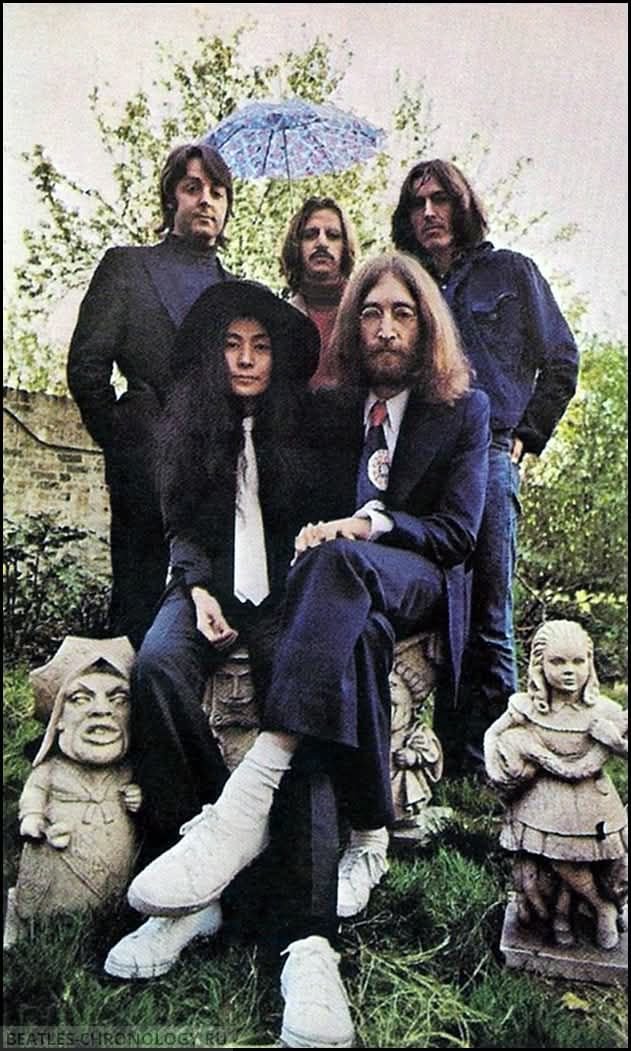“When Image Collided with Independence: How a Controversial Photo of John and Yoko Exposed the Beatles’ Fractured Narrative”
There’s a photo—seemingly simple, yet endlessly provocative—that continues to unsettle many Beatles fans to this day. It shows John Lennon with Yoko Ono, often in a pose so intimate, so deliberately raw, that it shattered the clean, controlled image The Beatles had cultivated for years. For many, this image wasn’t just a picture of a couple—it was a rebellion. A moment when John Lennon decided he would no longer play by the rules set by managers, fans, or even his bandmates. It was about taking back the narrative, no matter the cost.
From the beginning, The Beatles were a masterclass in image control. Under the stewardship of manager Brian Epstein, the Fab Four were packaged as cheeky, loveable, and mostly apolitical boys-next-door. Even as their music evolved, the machinery behind them worked to maintain the illusion of unity, harmony, and a shared identity. But behind the scenes, these were four distinct individuals—growing, questioning, and ultimately pulling in different directions.
By the late 1960s, John Lennon had grown tired of the myth. Enter Yoko Ono—avant-garde artist, provocateur, and, for John, a kindred spirit. Their relationship was a challenge to everything The Beatles represented at that point. Together, they posed for photos that were unapologetically honest—stripped-down, confrontational, and defiantly un-Beatle-like. One such photo, where a nude John curls protectively around a fully clothed Yoko, wasn’t just a piece of art; it was a declaration of independence.
For many Beatles fans, this image felt like betrayal. The Beatles were supposed to be a brotherhood, not a stage for personal revolutions. They wanted the mythology—the mop tops, the camaraderie, the curated perfection. But John was done with myths. He knew that by allowing Yoko into the creative space—into the studio, into the press, and into the public’s view—he was fracturing the fantasy. And maybe that was the point.
This photo angered fans not only because of its content but because it revealed the one truth many weren’t ready to accept: The Beatles were no longer the same band of wide-eyed Liverpudlian lads. They were men—artists—trying to claim space for their personal truths in a world that wanted them to stay frozen in 1964. John’s partnership with Yoko was a challenge to control, to conformity, and to the sanitized version of the Beatles narrative. It marked the beginning of the end, not just of the band, but of the illusion that they could be anything other than human.
In many ways, this single photo encapsulates why John rebelled. He didn’t want to be one-fourth of a myth. He wanted to live, love, and create on his own terms—even if that meant destroying the image so many held dear. For some fans, that’s still unforgivable. But for others, it’s where the truth—and Lennon’s real legacy—begins.
